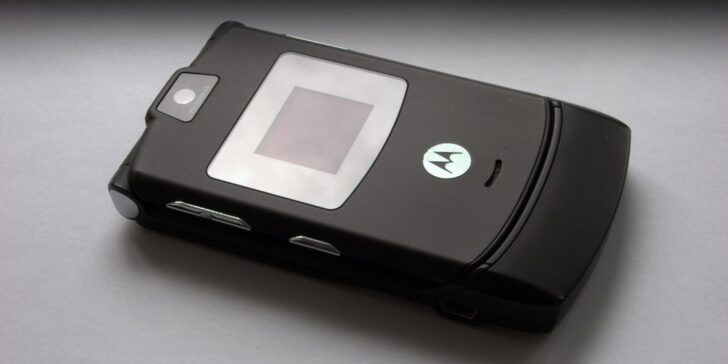Remember Motorola? They used to be a big deal in the world of cell phones!
But when was the last time you saw someone rocking a Motorola? In fact, when was the last time you even heard about the company?
Stick around as we’re taking a trip down memory lane to explore how Motorola went from being a major player to facing some tough times.
So, if you’re curious about the rise and fall of this once-cool brand, keep reading as we dig into the life and death of Motorola!
The birth of Motorola.
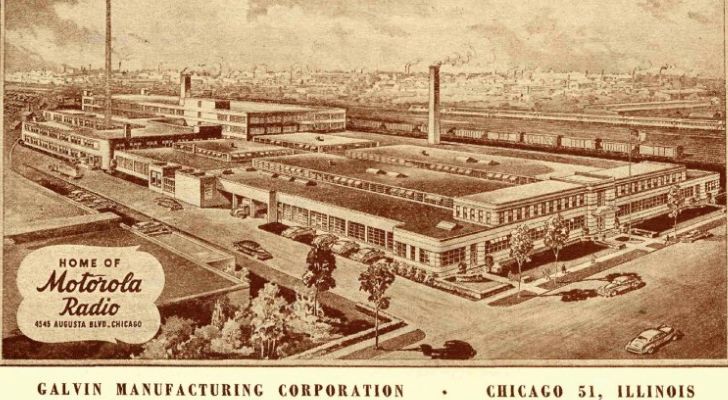
On September 25, 1928, Paul Galvin and his brother Joseph founded Motorola as the “Galvin Manufacturing Co.” in Chicago, Illinois, USA.
This wasn’t Paul’s first business, though. Back in 1921, he had started a telecommunications company with his friend Edward Stewart, which was forced to shut down in 1923 due to unpaid taxes.
Undeterred, Edward founded the Storage Battery Co in 1926, creating a battery eliminator that allowed radios and other portable electronic appliances to work without batteries.
It was a game-changer for situations where batteries were unavailable.
Edward’s business venture eventually failed, leading the Galvin brothers to buy the battery eliminator design and launch it as Motorola’s first product under the Galvin Manufacturing Corporation.
Motorola manufactured different types of radios.
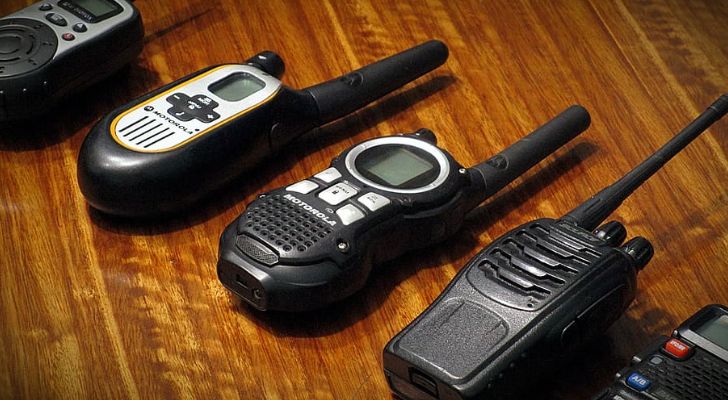
Car radios became a thing thanks to the Galvin brothers, who introduced an affordable automobile radio called Motorola radio in 1930, mainly selling it to police departments and municipalities.
And according to their website, the car radio was the inspiration behind Motorola’s name, with “motor” coming from motorcar and “ola” implying sound, making Motorola mean “sound in motion.”
By the late 1930s, the company had started producing a variety of one and two-way radios, including radio receivers for police cars.
Two notable examples of Motorola’s two-way radios are the SCR300 radio, the world’s first FM portable two-way radio, and the Handie-Talkie SCR536, the most famous radio of the World War II era.
In 1937 Motorola entered the home entertainment industry with a line of home radios and phonographs.
Ten years later, the Galvin Manufacturing Corporation finally changed its name to Motorola Inc.
Motorola entered the TV Industry.
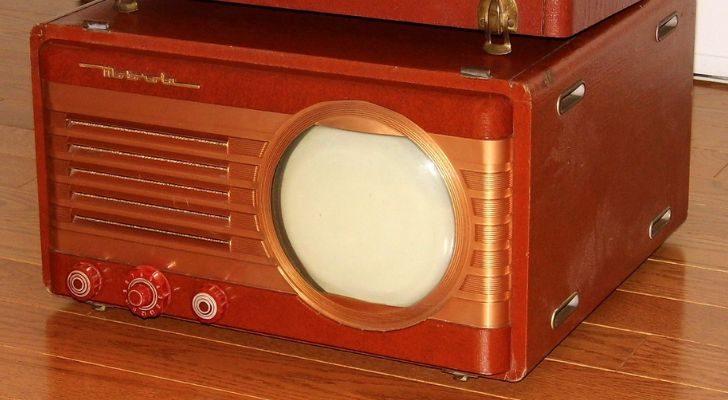
After World War II ended, televisions started gaining a ton of sales to the point that half of Americans had one in their home.
So, it just made sense for Motorola to produce TVs and use them as an opportunity to grow their business.
That’s why, in 1947, they released the Motorola Golden View, a 7-inch TV that was so affordable it sold over 100,000 units in just one year – that might not sound like much, but it was a lot back then!
Motorola then introduced portable TV models in the 1960s, like the 19-inch 1960 Motorola Astronaut television, the world’s first portable television with a large screen.
Motorola still sells numerous TV models, even partnering with Indian eCommerce company Flipkart to sell smart TVs targeted at the Indian market.
Motorola created the world’s first cellphone.
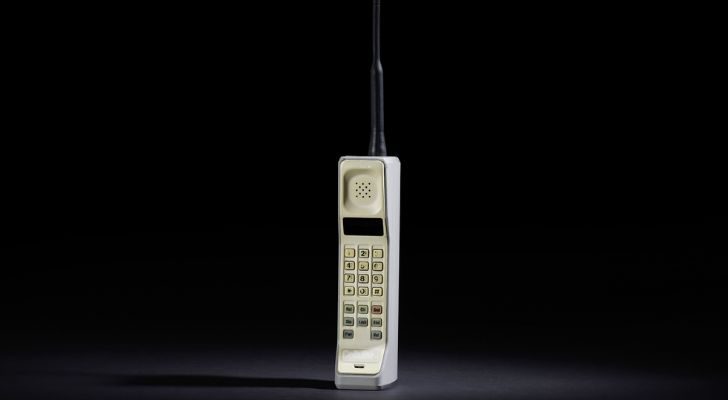
On April 3, 1973, Motorola’s leading engineer, Martin Cooper, publicly demonstrated the world’s first cellphone. He made the first public call from a cell phone to one of the men he’d been competing with to develop the device.
Over the next decade, they toiled tirelessly to improve their cellphone technology, which was still very basic.
Finally, in 1984, Motorola changed the telecommunications game forever with the release of the world’s first commercial cellphone, the brick-sized DynaTAC 8000x.
The cellphone only had a talk time of 30 minutes and a battery life of 35 minutes, but it took 10 hours to charge!
And if you’re wondering about its price, the phone cost $3,995, which is equivalent to more than $11,000 in 2023.
Then, just five years after releasing the DynaTAC 8000x, Motorola made another historic achievement by making the first flip phone, the MicroTAC.
Motorola split into two companies.
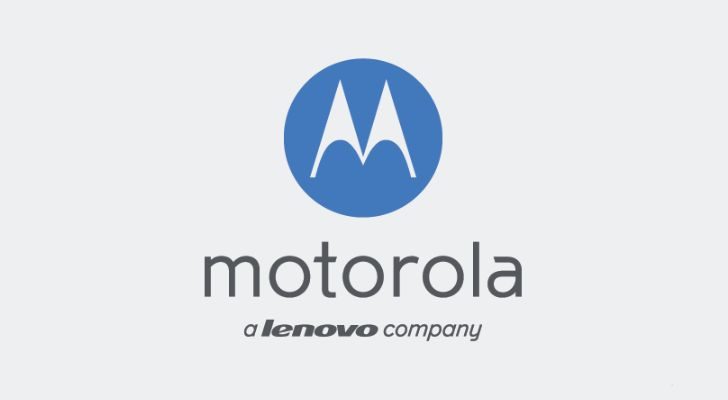
Despite initial success in the 2000s with popular phones like the Motorola Razr flip phone, things started to go downhill for Motorola.
In 2007 Apple released the first iPhone, and Motorola’s sales more than halved globally. Between 2007 and 2009, the company lost a staggering $4.3 billion. Motorola never fully recovered.
These losses caused Motorola to break up into two companies. One side focused on telecommunication products like police radios (now known as Motorola Solutions). The other focused on the struggling business of selling consumer products like cell phones (now known as Motorola Mobility).
In 2012 Motorola Mobility was bought out by Google for $12.5 billion, which turned out to be one of Google’s most expensive mistakes, as they sold it to Lenovo in 2014 for only $2.91 billion.
It wasn’t entirely a mistake, though. Motorola held tens of thousands of patents, and Google obtained all of these – a move that strengthened the company against patent attacks from the likes of Apple and Microsoft.
Motorola Solutions remains its own company, but the Motorola we all knew and loved that created cutting-edge cell phones is now no more than a branch of Lenovo.
Motorola has had a rich history, from its early days as a pioneering manufacturer of radios and televisions to its groundbreaking innovations in cellphone technology.
However, the company faced challenges with the advent of smartphones, leading to a split into two separate entities.
Despite its ups and downs, Motorola’s legacy lives on, with its products and patents continuing to influence the telecommunications industry.
While the brand may have faded from its former glory, Motorola will always be remembered as a trailblazer in the world of communication technology.

